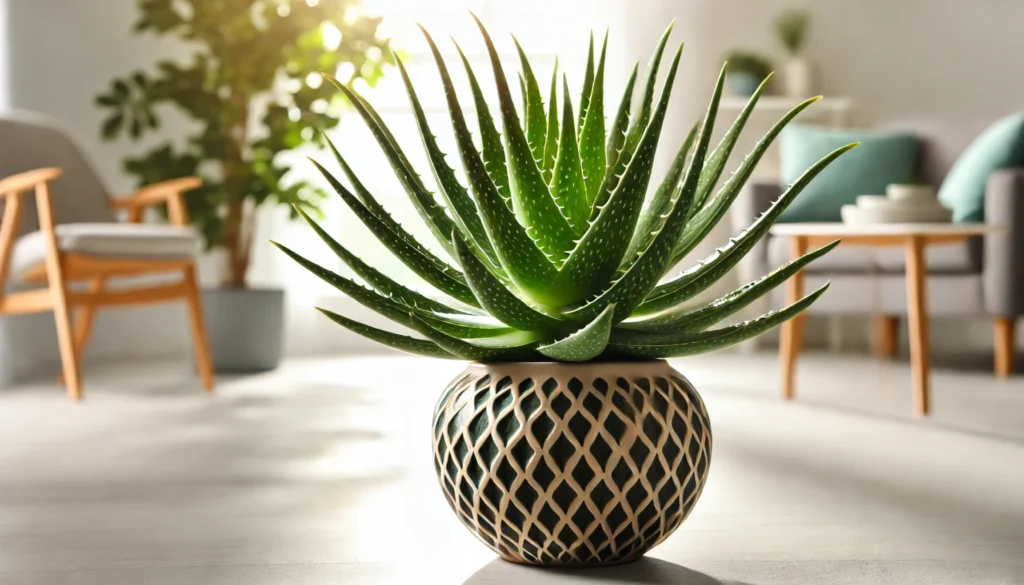
The Umbrella Plant, also known as Schefflera arboricola or Dwarf Umbrella Tree, is a popular houseplant known for its attractive, glossy leaves that resemble the spokes of an umbrella. Let’s explore the characteristics, care requirements, and common issues associated with this delightful plant.
Description and Size
The Umbrella Plant features glossy, palmate leaves that grow in clusters of seven to nine leaflets, creating an umbrella-like appearance. Indoors, this plant typically grows to a height of 3-6 feet, but it can be pruned to maintain a more compact shape. Its lush foliage makes it a standout piece in any room.
History and Natural Habitat
Native to Taiwan and Hainan, the Umbrella Plant thrives in tropical climates. It has become a popular houseplant worldwide due to its attractive appearance and relatively easy care requirements. In its natural habitat, the plant can grow much taller, often reaching heights of up to 15 feet.
Ideal Growing Conditions
Light
The Umbrella Plant prefers bright, indirect light but can tolerate lower light conditions. However, in low light, the plant may grow more slowly and produce fewer leaves. Avoid direct sunlight, which can scorch its leaves. A spot near an east or west-facing window is ideal.
Temperature and Humidity
This plant thrives in temperatures between 60-75°F (16-24°C). It prefers moderate humidity levels but can adapt to average household humidity. If the air is too dry, consider using a humidifier or placing the plant on a humidity tray.
Soil
A well-draining potting mix is essential for the Umbrella Plant. A mix of peat, perlite, and pine bark works well, ensuring the soil remains moist but not soggy. Ensure the pot has good drainage holes to prevent waterlogging.
Watering
Water your Umbrella Plant thoroughly, allowing the top inch of soil to dry out between waterings. Overwatering can lead to root rot, while underwatering can cause the leaves to droop and brown. Aim for consistent moisture without letting the plant sit in water.
Toxicity
The Umbrella Plant is mildly toxic to pets and humans if ingested. It can cause mild stomach upset, so it’s best to keep it out of reach of curious pets and children.
Common Problems and Solutions
Yellowing Leaves
- Cause: Overwatering or poor drainage.
- Solution: Allow the soil to dry out between waterings and ensure the pot has adequate drainage.
Drooping Leaves
- Cause: Underwatering or low humidity.
- Solution: Increase watering frequency and humidity around the plant.
Pests
- Common Pests: Spider mites, aphids, and scale insects can affect Umbrella Plants.
- Treatment: Use insecticidal soap or neem oil to treat infestations. Regularly inspect your plant to catch and address issues early.
Diseases
- Root Rot: Caused by overwatering and poor drainage. Ensure the soil is well-draining and allow it to dry out slightly between waterings.
- Leaf Spot: Fungal infections can cause brown spots on leaves. Improve air circulation and avoid overhead watering to keep the leaves dry.
Best Practices for Care
- Repotting: Repot every 2-3 years to refresh the soil and provide more space for growth. Spring is the best time for repotting.
- Fertilizing: Feed your plant with a balanced, water-soluble fertilizer every 4-6 weeks during the growing season (spring and summer).
- Pruning: Trim any dead or yellowing leaves to maintain the plant’s health and appearance. Pruning also helps to promote new growth and maintain a desirable shape.
Overall Ease of Care
The Umbrella Plant is a fantastic choice for both novice and experienced plant owners. Its adaptability to various light and humidity conditions, coupled with its low maintenance needs, makes it an easy-to-care-for plant. Its attractive, umbrella-like foliage adds a touch of elegance to any indoor space.
In conclusion, the Umbrella Plant is a beautiful, low-maintenance addition to your home. With the right care and attention, it will thrive, providing lush greenery and enhancing the aesthetic of your indoor garden.
Stay connected with the world of plants! Subscribe to Phylofy for expert gardening tips, DIY projects, and eco-friendly inspiration. Join our community and nurture your love for nature. Don’t miss exclusive content and updates. Subscribe now!



